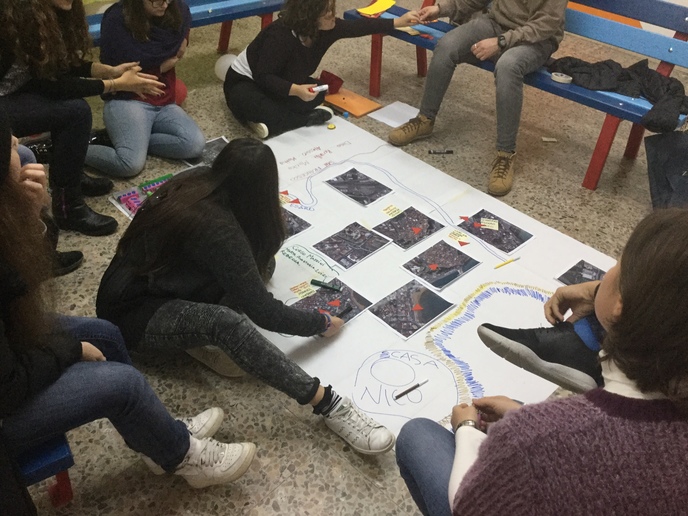Facing disasters: young people’s experience matters!
We know for a fact that communities all have their own strengths and vulnerabilities, and that, in case of disasters, the least disadvantaged can activate internal resilience capacities to face and recover from a crisis. What is less recognised however – at least in Europe – is how children and young people also have such a range of capacities, and their own role to play. “It is true that children are particularly vulnerable in case of disasters, but they are also excellent disseminators of information. They have the potential to be a catalyst for positive change within their communities, and can actively participate in disaster risk reduction activities,” explains Prof. Maggie Mort, coordinator of the CUIDAR (Cultures of Disaster Resilience among children and young people) project on behalf of Lancaster University. In countries such as the USA, New Zealand, Japan and Australia, a shift is already ongoing: children’s participation has become an important aspect of disaster management, and their needs, views and capabilities are increasingly taken into account. Europe, however, is still behind, as shown by research under CUIDAR. “We reviewed policies, EU and nationally-funded projects, as well as scientific literature. Whilst we found a range of initiatives aimed at raising children’s awareness of risk, there was very little evidence of children meaningfully participating in emergency management or community resilience work in the partner countries,” says Prof. Mort, coordinator of the project on behalf of Lancaster University. In fact, children and young people are rarely even considered as a group with experience and knowledge valuable enough to take it into account. The CUIDAR consortium, together with the NGO Save the Children, has been addressing this problem since 2015 by means of: dialogue with children and young people; mutual learning exercises involving both children and disaster experts; national-level dialogue with policy-makers; and a European level platform to share best practices. The project also came up with the first EU Framework for engaging with children and young people in disaster management. The most important achievement of CUIDAR, according to Prof. Mort, was the active participation of over 550 children from Italy, Spain, Portugal, Greece and the UK. “The children came from a wide range of backgrounds, and in the case of Greece, children with visual and hearing impairment were involved and could share their experiences,” she points out. Practitioners and policy-makers were also closely involved in the project, and Prof. Mort says their reactions were “overwhelmingly positive”. CUIDAR was notably a chance to introduce them to the basic rights of children (e.g. Article 12 of the UN Convention on the Rights of the Child) and to the highly practical and incisive proposals and suggestions coming from children consulted over the duration of the project. “Stakeholders showed a strong willingness and commitment to follow this up in their own daily work, and we hope that our dissemination work, which includes a six-minute film, will continue to bring them on board. Moreover, we are currently writing a book about the main issues identified from CUIDAR, and further publications are in the pipeline,” Prof. Mort says. Ultimately, the project consortium hopes that the CUIDAR Framework will be widely adopted and will help shape a safer world for children, young people and adults. “All plans made to enhance and protect the public should take all cultural groups into account. Our work highlights how this also applies to children and young people whose citizenship has for too long been neglected. We argue that if societies are to become resilient, then children and young people’s voices must be heard and understood throughout disaster preparedness, response and recovery,” Prof. Mort concludes.
Keywords
CUIDAR, disaster, children, young people, resilience, participation







